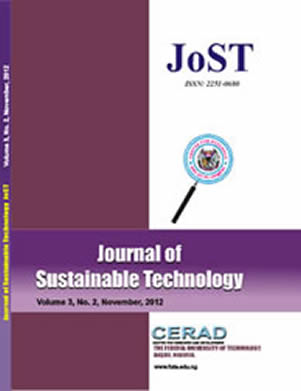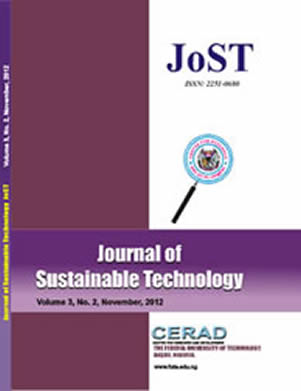ABSTRACT: The emergence of antimicrobial resistance among bacterial pathogens is one of the most challenging problems in the world. This study aimed at investigating the antibacterial activity of Lawsonia inermis (LI) leaf extract on multidrug resistant Pseudomonas sp. implicated in Upper Respiratory Tract Infection (URTI). Sputum samples collected from 50 patients with URTI were cultured, isolates were identified using morphological test, biochemical tests and confirmed with 16S rRNA gene sequencing method. The methanol leaf extract of the plant obtained by maceration was purified by solvent partitioning. Antibacterial effect of the extract was evaluated using agar well diffusion, Minimum Inhibitory Concentrations (MIC) and Bactericidal Concentrations (MBC). Rate of kill, mechanism of action and Synergism of the extracts with commercial antibiotics was carried out using conventional methods. Physicochemical properties of the extracts were evaluated using Gas Chromatography - Mass Spectrometry (GC-MS). The crude extract of LI had zone of inhibition ranging from 17 ± 1.7 mm to 24 ± 2.6 mm. The MIC and MBC of LI range from 25 to 50 mg/mL and 6.25 to 25 mg/mL respectively. Butanol fraction had a zone diameter range from 17 ± 1.7 mm to 26 ± 2.4 mm while MIC and MBC ranged from 3.125 to 12.5 mg/mL and 6.25 to 25 mg/mL respectively. Aqueous fraction of LI had a zone diameter from 15 ± 1.4 mm to 28 ± 2.7 mm while MIC and MBC ranged from 3.125 to 12.5 mg/mL and 6.25 to 25 mg/mL respectively. Synergism (88%) and antagonism (12 %) was observed with the antibiotics. GC-MS analysis gave 1, 1-dibutoxyl butane, 6-octadecenoic acid and 1, 19-Eicosadiene as the most abundant component of butanol fraction of LI while 2-ethyl hexanoic acid, Tritetracontane and Cis-Vaccenic acid are the abundant component of aqueous fraction. The study suggested that the component of LI extract could be potential lead molecules in combating Pseudomonas sp. in URTI.
Keywords: Antibacterial activity, Lawsonia inermis, Pseudomonas species, solvent partitioning, synergism
JoST. 2021. 11(2): 111-122
Accepted for Publication: November 03, 2021



